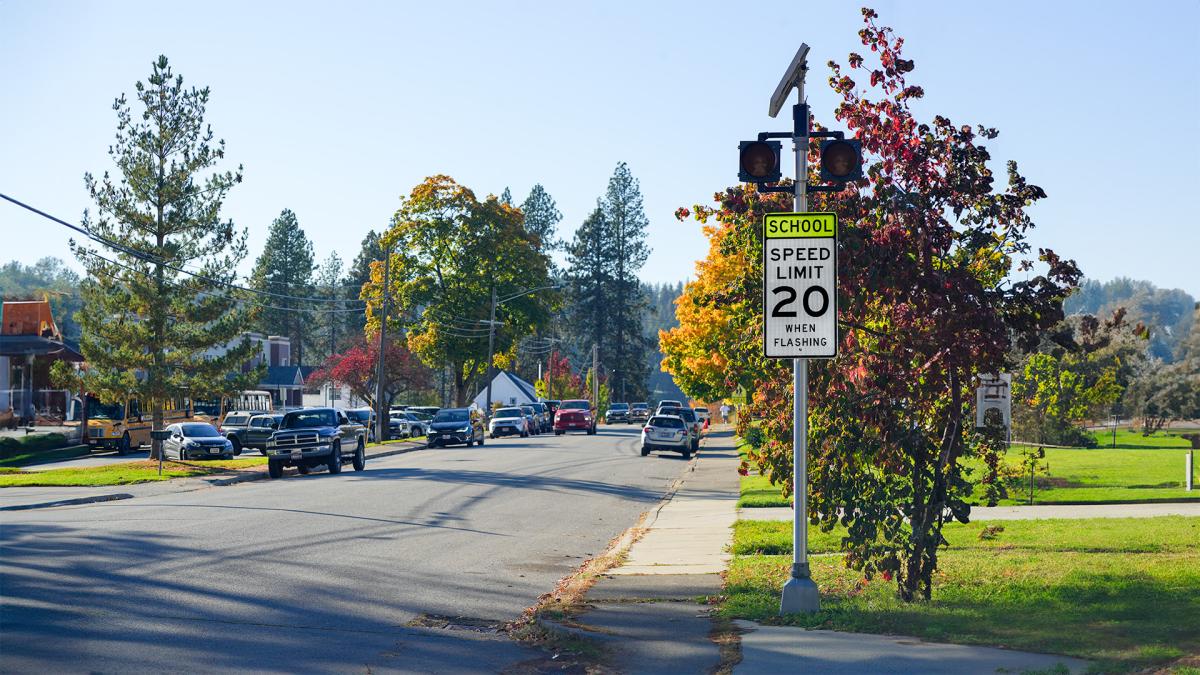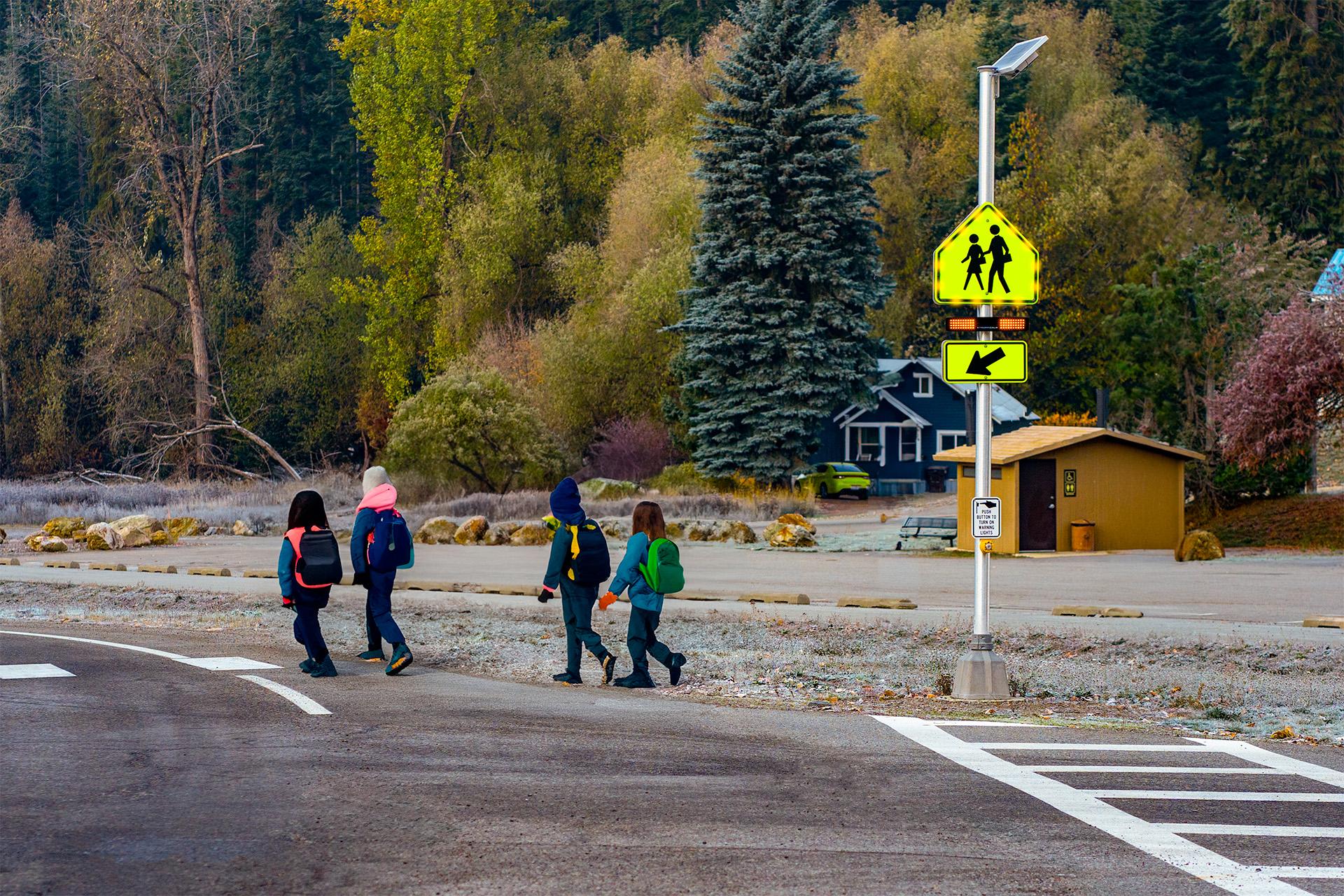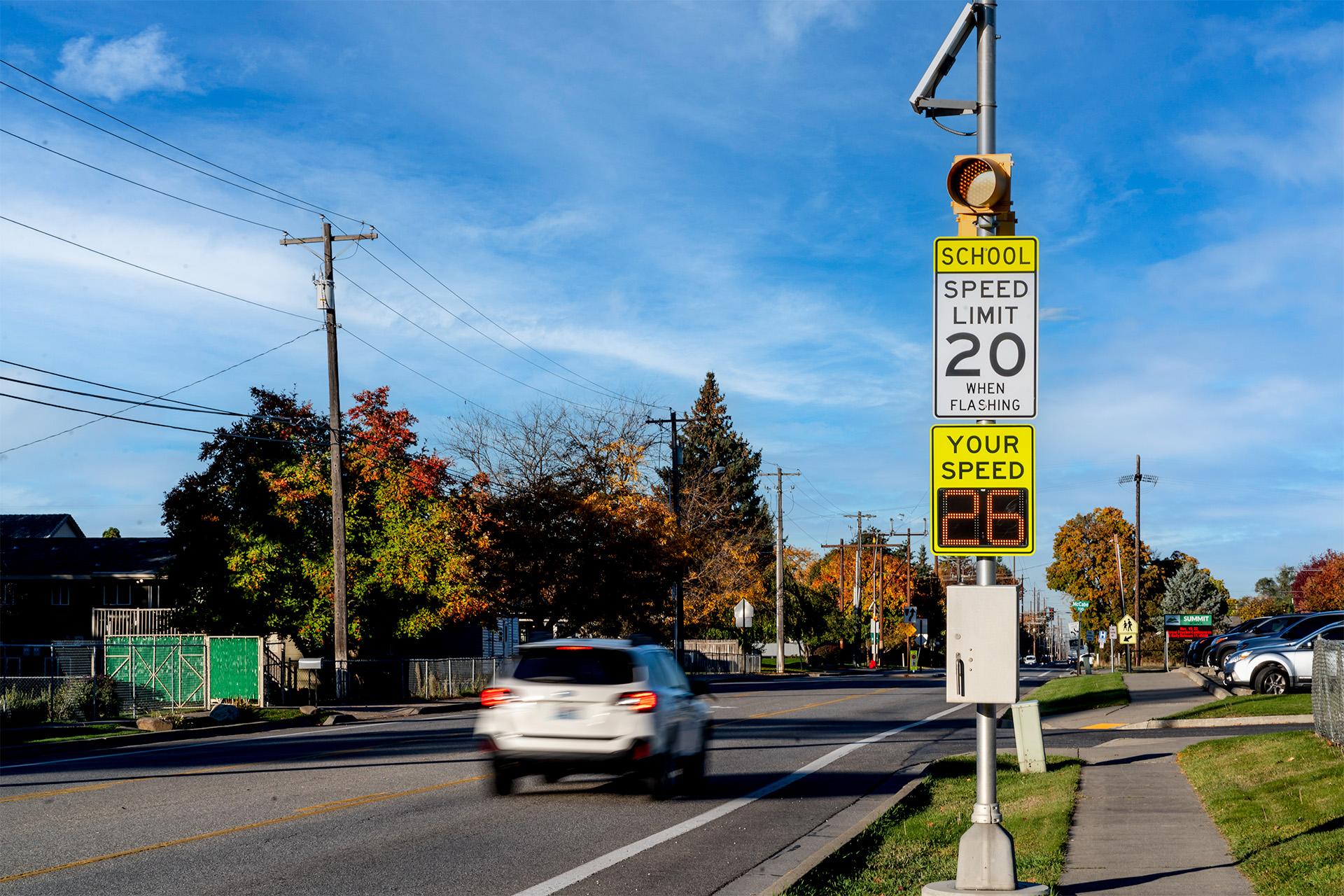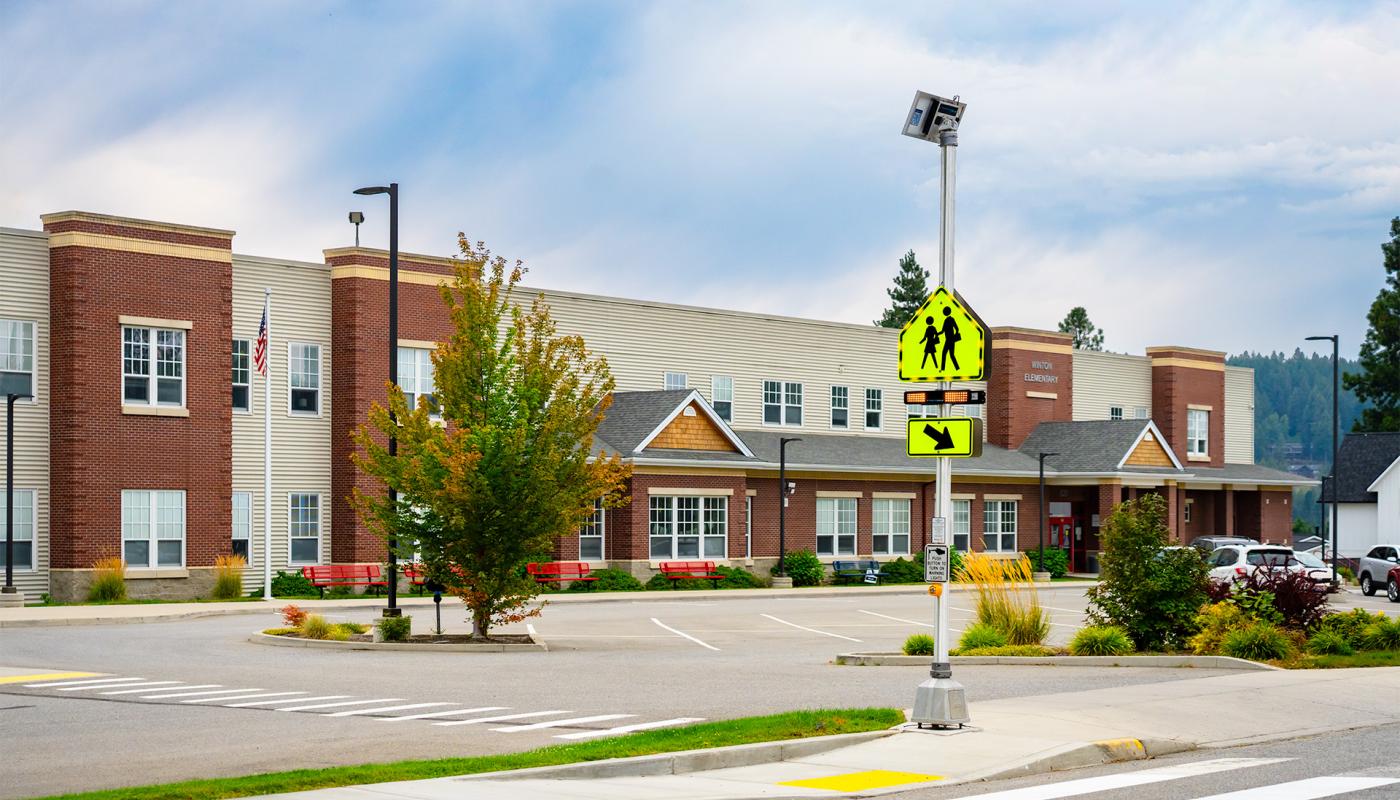Introduction
The evolution of pedestrian safety, particularly in school zones, presents complex challenges that demand sophisticated solutions. The Safe Kids Worldwide report, supported by FedEx, offers critical insights into these challenges, highlighting the need for innovative approaches to protect young pedestrians. This article provides a comprehensive analysis of the report’s findings and showcases how TraffiCalm's engineered solutions are uniquely positioned to enhance safety in school zones, addressing the concerns of traffic safety professionals and engineers.
Understanding the Problem: Key Findings from the Safe Kids Worldwide Report
The journey to and from school is fraught with potential hazards for young pedestrians, a reality underscored by comprehensive studies into pedestrian safety. With a focus on creating safer environments, it's crucial to examine the multifaceted challenges identified through national safety reports.
Rising Pedestrian Accidents Among Youth:
Recent analyses reveal a concerning trend: while overall pedestrian fatalities have seen a decline, incidents involving young pedestrians, particularly teenagers, have not decreased at the same rate. The distraction caused by electronic devices is a significant factor, with teenagers at the highest risk due to increased mobile device usage. This trend necessitates solutions that account for the modern distractions faced by today’s youth.
The Shift in At-Risk Age Groups:
Historically, younger children were most at risk of pedestrian injuries. However, the demographic most affected has shifted, with older teens now facing twice the death rate of their younger counterparts. This shift points to the need for targeted educational and infrastructural interventions that resonate with an older demographic.
Distraction: A Dual-Edged Sword:
Distraction plays a pivotal role in the increase in pedestrian injuries, affecting not just pedestrians but drivers as well. The proliferation of smartphones and other handheld devices has introduced a new layer of risk, with both parties often distracted at critical moments. This reality calls for innovative approaches to capture the attention of both drivers and pedestrians, ensuring safe passage in school zones.
Mid-Block Crossing Vulnerabilities:
Mid-block crossings, especially those without clear signage or signals, present heightened risks for children. The data indicates that these crossings are common sites for pedestrian accidents, emphasizing the need for solutions that enhance visibility and encourage driver caution in these areas.
Speeding: The Impact on Safety:
Speed significantly influences the outcome of pedestrian-vehicle collisions. Areas with higher vehicle speeds see a greater severity in injuries. Reducing vehicle speed in school zones is paramount to enhancing safety, pointing to the efficacy of speed awareness tools and traffic calming measures.
Gender and Demographic Disparities:
Studies have shown that males are disproportionately represented in pedestrian injury statistics, suggesting the need for gender-specific safety education and interventions. Additionally, demographic factors, including urban versus rural environments, significantly impact the risk profiles for child pedestrians, necessitating tailored approaches to safety.
The Role of Environmental Factors:
The design and layout of urban environments play a crucial role in pedestrian safety. High-traffic areas, poor lighting, and lack of dedicated pedestrian pathways contribute to the risks faced by children in school zones. Addressing these environmental factors through engineering and urban planning is critical to mitigating hazards.
The Influence of Seasonal and Temporal Patterns:
Pedestrian accidents exhibit notable seasonal and temporal patterns, with higher incidences occurring during the warmer months and in the afternoon hours when children are typically traveling to and from school. This pattern underscores the importance of adaptive safety measures that account for these variations in risk.
Urbanization and Its Challenges:
The continuous growth of urban areas introduces new challenges for pedestrian safety. Increasing vehicle traffic, combined with the density of pedestrian movement in school zones, requires innovative solutions to ensure safe coexistence.
The Path Forward:
The complexity of the challenges facing young pedestrians in school zones demands a multifaceted response. From enhancing crosswalk visibility to implementing dynamic speed awareness campaigns, the solutions must be as diverse as the problems they aim to solve. Leveraging technology and data-driven strategies will be key in addressing these challenges effectively.
By examining these challenges in depth and leveraging statistics and findings from national safety reports, the need for advanced, engineered solutions like those offered by TraffiCalm becomes evident. Addressing the nuanced safety needs of school zones requires not only innovation but a deep understanding of the behavioral and environmental factors at play.
The Impact of TraffiCalm’s Solutions on School Zone Safety
Implementing TraffiCalm's technologies in school zones addresses the critical issues outlined in the report. By focusing on reducing distractions, slowing down traffic, and enhancing the visibility of crosswalks, these solutions contribute significantly to creating safer environments for children.
Tailoring Solutions to Meet Industry Needs
For engineers and traffic safety professionals looking to implement effective school zone safety measures, TraffiCalm’s solutions offer a blend of innovation and practicality. Each product is designed with the complexities of modern traffic environments in mind, ensuring that safety measures are not only effective but also adaptable to the unique needs of each school zone.



TraffiCalm’s Engineering Solutions
Innovative Crosswalk Safety: Push 2 Cross Systems with Integrated RRFB and LED Flashing Rings
TraffiCalm’s Push 2 Cross systems are designed for the ultimate in crosswalk safety, integrating Rectangular Rapid Flashing Beacons (RRFB) with LED flashing rings to ensure maximum visibility at pedestrian crossings. Specifically, the S1-1 pentagon-shaped school crossing signs, rendered in high-visibility yellow and equipped with TraffiCalm’s LED flashing rings, draw immediate attention to crossing zones. These LED rings can be programmed to synchronize with the RRFB's flash rate, creating a cohesive and unmistakable alert system that captures drivers' attention, thereby safeguarding schoolchildren as they navigate crosswalks.
Combatting Speed with High-Visibility Radar Speed Signs
Understanding the critical role speed plays in pedestrian safety, TraffiCalm offers radar speed signs in high-visibility yellow, including the advanced IQ series. These signs are not only designed to alert drivers of their current speed but also offer the flexibility to be programmed according to the specific needs of each school zone. Providing valuable metrics, these signs enable traffic administrators to tailor the operation for maximum effectiveness, ensuring that drivers are consistently reminded to adhere to the appropriate speed limits within school zones.
Intelligent Beacon Systems with Customizable LED Flashing Rings
To signal changes in speed limits within school zones, TraffiCalm has developed intelligent beacon systems that can be enhanced with custom LED flashing rings. The S5-1 school zone speed limit signs feature a high-visibility yellow background in the upper portion, signifying a school zone speed change. TraffiCalm’s specialty Flashing LED Rings, designed with two tones of LEDs to meet MUTCD specifications, can be integrated with these beacon systems for added impact. This customization ensures that the beacon systems not only alert oncoming traffic effectively but also comply with regulatory standards, enhancing safety and awareness in school zones.
Conclusion: Pioneering Safer School Zones with TraffiCalm
In the pursuit of creating safer school zones, TraffiCalm stands at the forefront, bringing innovative solutions that address the critical need for enhanced pedestrian safety. By integrating intelligent beacon systems with LED flashing rings, TraffiCalm offers a proactive approach to alerting both drivers and pedestrians to the unique conditions of school zones. These systems are not just about signaling; they are about transforming the way school zones are perceived and interacted with. TraffiCalm's commitment to leveraging advanced technology ensures that safety measures go beyond the conventional, offering reliability, visibility, and effectiveness that communities can trust. As we look to the future, TraffiCalm continues to innovate, driven by the goal of reducing pedestrian accidents and creating environments where children can thrive safely.

FAQs about TraffiCalm's School Zone Safety Solutions
What makes TraffiCalm's intelligent beacon systems unique?
TraffiCalm's intelligent beacon systems stand out due to their wig-wag flashing sequence and the option to integrate LED flashing rings, enhancing visibility significantly. This dual-feature approach ensures that the beacons grab attention effectively, catering to the modern challenges of distracted driving and walking.
How do LED flashing rings contribute to school zone safety?
LED flashing rings add an extra layer of visibility to the intelligent beacon systems, making them more noticeable from a distance and in various lighting conditions. This increased conspicuity helps ensure that drivers are aware of and comply with school zone speed limits, enhancing safety for pedestrian children.
Can TraffiCalm's systems be customized for specific school zone needs?
Yes, TraffiCalm offers customizable solutions to meet the unique needs of different school zones. Whether it's adjusting the flashing patterns or integrating additional safety features, TraffiCalm works closely with communities to tailor their products for maximum safety impact.
Are TraffiCalm's school zone safety solutions easy to install?
TraffiCalm designs its safety solutions with ease of installation in mind, ensuring that communities can implement them quickly and without significant disruptions. The systems are also designed for durability and low maintenance, providing long-term safety enhancements with minimal upkeep.
How does TraffiCalm ensure the effectiveness of its school zone safety solutions?
TraffiCalm relies on rigorous testing and research to develop its safety solutions, incorporating feedback from traffic safety professionals and technological advancements. By staying at the cutting edge of safety technology, TraffiCalm ensures that its products not only meet current safety standards but set new benchmarks for effectiveness.
Where can I find more information about implementing TraffiCalm solutions in my community's school zones?
For more information on implementing TraffiCalm's school zone safety solutions, contact your Regional Sales Manager. TraffiCalm is dedicated to partnering with communities to enhance pedestrian safety and is ready to provide the information and support needed to make school zones safer.

